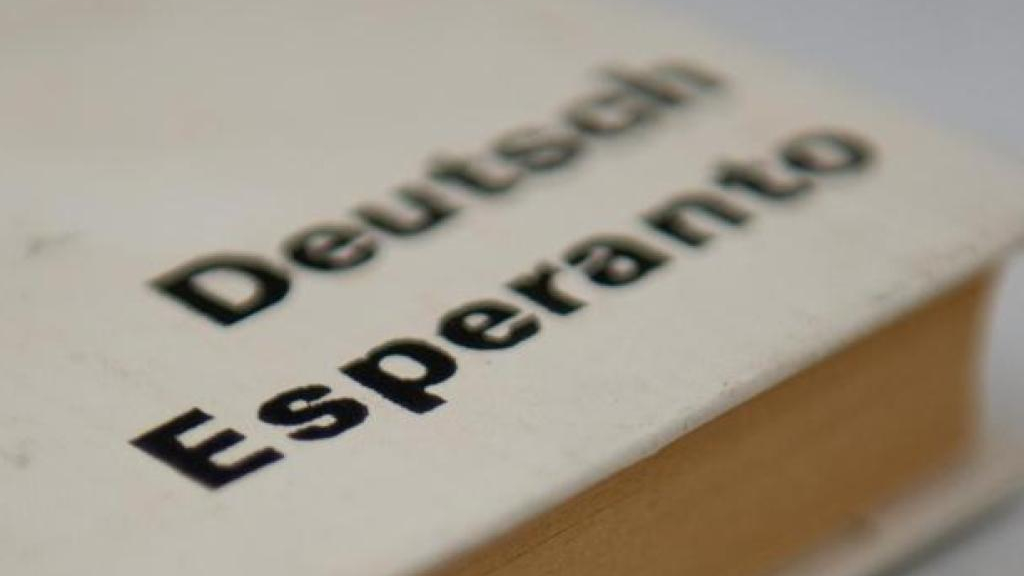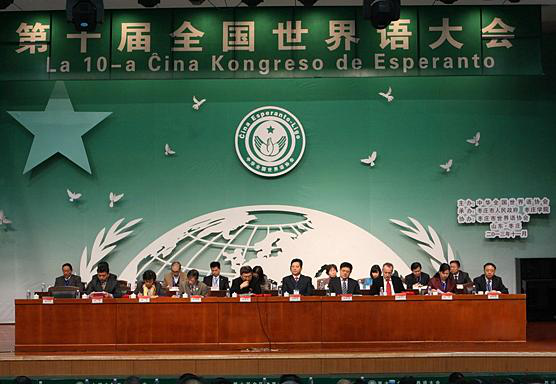

Have you heard of Esperanto? It does not belong to any country, but is the mother tongue of thousands of people around the world. Esperanto was created in 1887 by the Polish ophthalmologist Dr. L. L. Zamenhof. Since then, Esperanto has quietly become popular around the world, and people mark July 26 each year as its founding day.
Esperanto is a man-made language based on the Indo-European language family which absorbs the reasonable factors of the commonality of various languages to be more simplified and standardized. It owns 28 letters, the writing form is Latin letters, one letter sends only one tone and the tone value of each letter is always the same. By learning 28 letters and mastering 16 basic grammar rules, you can write any word and express all facets of human thought.
As an artificial language, Esperanto does not belong to a specific nation or country. Therefore, it is called an “international language.” It is dedicated to eliminating language barriers in international communication by helping different people from different countries to understand each other in order to achieve equality and fraternity. There are, however, only a handful of people who are proficient in it and about two million people in the world who speak it.
Esperanto was introduced to China from 1905 but by the end of 2013 there were fewer than five higher education institutions that offer Esperanto courses in Beijing and only one university, the Communication University of China, that offered the language as a major for students.

The Tenth National Esperanto Congress was held in Shandong Province. /Xinhua Photo
Critics say the order of the Esperanto word is too much of a free style, and that some words do not conform to word-formation methods and thus are overly cumbersome. Special letters are also considered difficult to type on ordinary computers. Most of all, the Indo-European languages-based Esperanto has strong verbal styles and may not be easy to popularize around the world.
However, Esperanto is not dying. Wang Ruixiang, executive vice secretary-general of Ĉina Esperanto-Ligo estimated that there might have been thousands of Chinese people who were learning Esperanto up to 2013. Globally, the learners of the language have invested consistent time and energy to its study. Nearly 900 Esperanto experts and scholars from 57 countries and regions exchanged views on ecological environment and cultural diversity issues on the 104th International Esperanto Congress held in Finland on July 21, 2019. Mark Fettes, president of the International Esperanto Association, delivered a keynote speech at the opening ceremony, calling on international Esperanto speakers to exert the language's spirit and play an active role in promoting the construction of ecological civilization and the protection of cultural diversity.
Despite the weakened university participation, China has made progress during the many years of the development of Esperanto. The China International Publishing Group launched the Esperanto version of Chinese novels such as the famous classics Fortress Besieged. Zao Zhuang University cooperated with Ĉina Esperanto-Ligo for the world’s first Museum of Esperanto established in China’s Shandong Province.
In April this year, one member from a delegation representing the Esperanto youth organization TEJO in the Youth Forum of ECOSOC, the Economic and Social Council of the United Nations, was selected as key speaker for the closing ceremony which was addressed by UN officials including Secretary-General António Guterres.

Copyright © 2018 CGTN. Beijing ICP prepared NO.16065310-3
Copyright © 2018 CGTN. Beijing ICP prepared NO.16065310-3